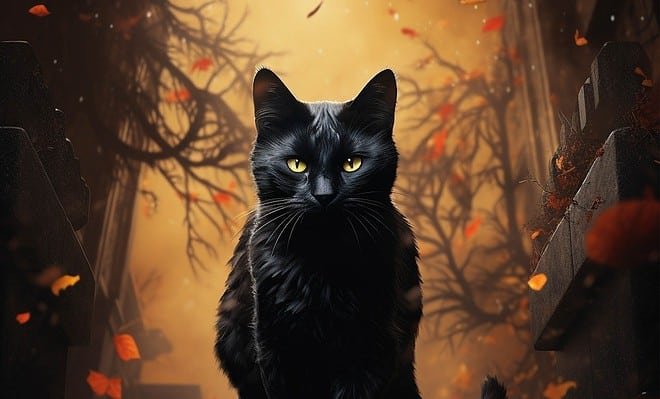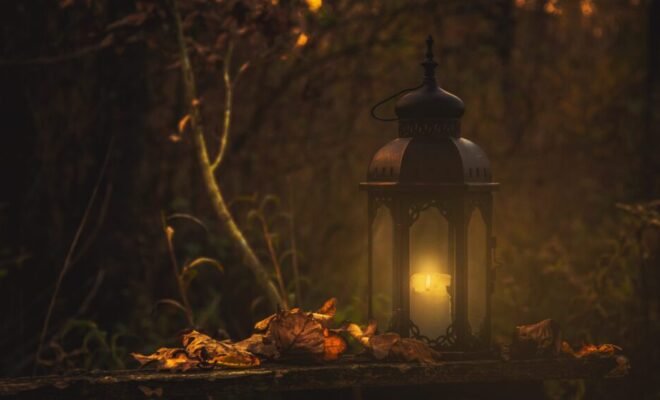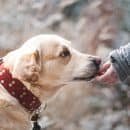All Souls Day – Dia De Los Muertos

Halloween has come and gone, and back to normal we go, or do we?
Interesting that the next day after Halloween is All Souls Day or better known as the Day of the Dead.
If you think about it, it is rather fitting. Samhain is the Celtic version of All Souls Day. It isn’t just about the celebration of the last harvest before winter; it also remembers our ancestors and those that have gone on before us.
All Souls Day is Mexico’s version of Samhain, although many would disagree, as many think of Halloween as a day of terror and mischief, with children dressing up in costumes going trick-or-tricking, that’s the modern concept of Samhain.
The Celtic’s concept is more aligned with Mexico’s Day of the Dead than one would think.
In Mexico, Dia De Los Muertos is about showing their love and respect to their loved one’s over a two-day celebration of singing and dancing wearing funky costumes.
Sound Familiar?

Decorated tomb in the cemetery of Oaxaca de Juarez, Mexico, during the celebration of Day of the Dead. According to the country’s tradition, which began in the pre-Hispanic period, these cemeteries are decorated to welcome the spirits of the dead that on the nights of days November 01 and November 2 return to visit loved ones. Photo by: Bete Marques. Decorated tomb in the cemetery of Xoxocoatlan, Mexico. iStock. October 04, 2015. Web. November 16, 2018.
The origins of Day of the Dead had its birth a few thousand years ago in the Aztec, Toltec cultures. Many thought of mourning the dead disrespectful. Death is considered a natural phase of life and their dead were still members of the family.
Day of the Dead is a celebration honoring their memory and spirit for the living and a way for their loved ones to return to earth.
At the center of the celebration, an altar is built in homes and cemeteries. Also known as ofrenda, these altars aren’t meant for worship. They are intended to welcome spirits back to the realm of the living.
Filled with offerings – water to give their loved ones after their long journey back to the living. Food, family photos, and a candle representing a different relative.
If a loved one is a child, you might see small toys on the altar. Marigolds are the main flowers used as decoration on the altar. Marigold petals are scattered along a path from the altar to the gravesite and act as a guide to help the visiting spirits find their way back to their final resting place.
Copal incense, made from tree resin, promote praise and prayers while purifying the space around the altar.

Photo by Blue Sky | Free Images | Content License Agreement
All across Mexico, sugar skulls are sold and is a sugar tradition brought over by 17th-century Italian missionaries.
Day of the Dead is a social holiday where people dress up as skeletons, people have their faces painted as skulls, don suits and fancy dresses and flow out to the streets and towns in a joyous remembrance of their deceased loved ones.
Of course, in my home stomping ground, Tucson will celebrate the Day of the Dead, but with Tucson’s unique flavor.
There will be tons of restaurants offering food, face painting booths, and even a procession of little angels.
Halloween or Samhain is a celebration of life. It is the summation of a year from beginning to the end. It is about reaping what you’ve sown. It is about family. Those who came before us, and those who will come after us. It is about history, culture, and what makes us the people we become.
It isn’t about kids dressing up in costumes and creating mayhem or collecting candy. It is more than that.
It is about tradition, family, and understanding our role within our clan, how we became the people we are because of the choices our ancestors made.
The Day of the Dead is a celebration of death. It is the remembering of our loved ones. It is an understanding that death is a natural course of life. That death and life are different sides of the same coin.
What I find interesting is that Samhain is the start of the Celtic New Year. Like New Year’s Eve for everyone else. The Day of the Dead is the day after Halloween starting on November 1.
A month usually associated with Thanksgiving. Thankful for the blessings we have. Thankful for our family, and thankful for the love we have in our lives, and the bounty.
The Day of the Dead begins where Samhain leaves off.

Traditional Mexican Day of the Dead altar with sugar skulls and candles. Photo by Agcuesta. Mexican day of the Dead altar (Dia de Muertos). iStock. September 21, 2016. Web. November 16, 2018.








